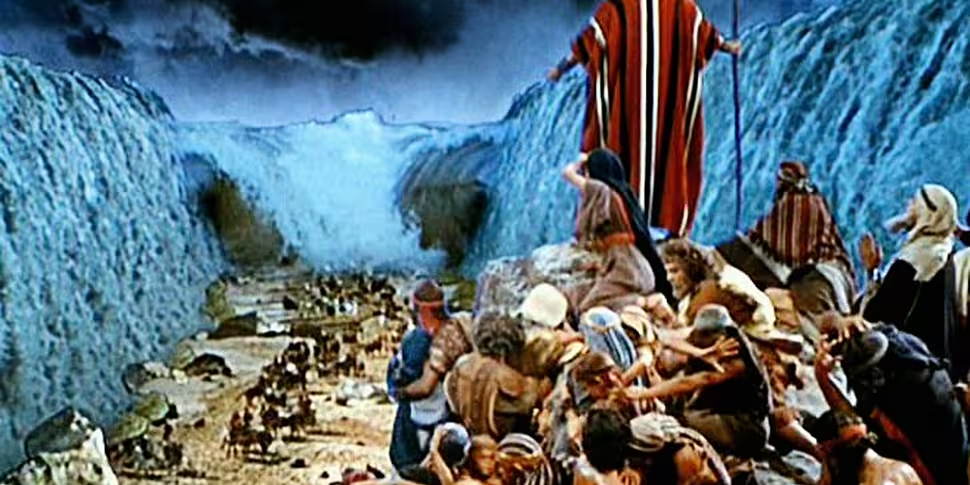On today’s Moncrieff, Seán will be talking to Levison Wood, the author of Walking the Nile, about his trek along the banks of one of the world’s most important rivers.
Tune in live at 3pm: http://www.newstalk.com/player/
The other great body of water that carries an historical and biblical importance in the history of Egypt is the Red Sea. With flaming bushes and a staff, so the religious text tells us, did Moses part the water, allowing the Israelites to escape the tyranny of Egypt.
And now scientists believe it might have actually happened.
Using computer-enhanced fluid dynamics simulations, researchers at the US National Center for Atmospheric Research showed that the parting of the Red Sea, once considered only possible with the help of the big man upstairs, is actually possible given a very exact set of conditions.
First and foremost, Moses actually couldn’t have split the sea, it being too large. But the nearby Lake of Tanis, created by a now-disappeared branch of the Nile called the Pelusiac Nile, could have been the spot where miracles happened.
After analysing the data, the researchers designed a model of the lake’s basin and used it to simulate the effects of strong winds on its fluid dynamics. It is possible that the underwater terrain became exposed in a process known as the wind setdown effect; this means that when strong winds blow continually in the right direction, the water inevitably responds by getting blown in the same direction.
Using the computer simulation, the researchers claim that the parting was possible with the following conditions:
• a 100kmph easterly wind
• blowing for 12 hours straight
• could have exposed a 2 to 2.5-mile long and 3.1-mile wide land passageway.
These exact conditions do differ slightly from the description in the book of Exodus:
And Moses stretched out his hand over the sea; and the Lord caused the sea to go by a strong east wind all that night, and made the sea dry, and the waters were divided.
You can watch the simulation of the parting of the lake below:









